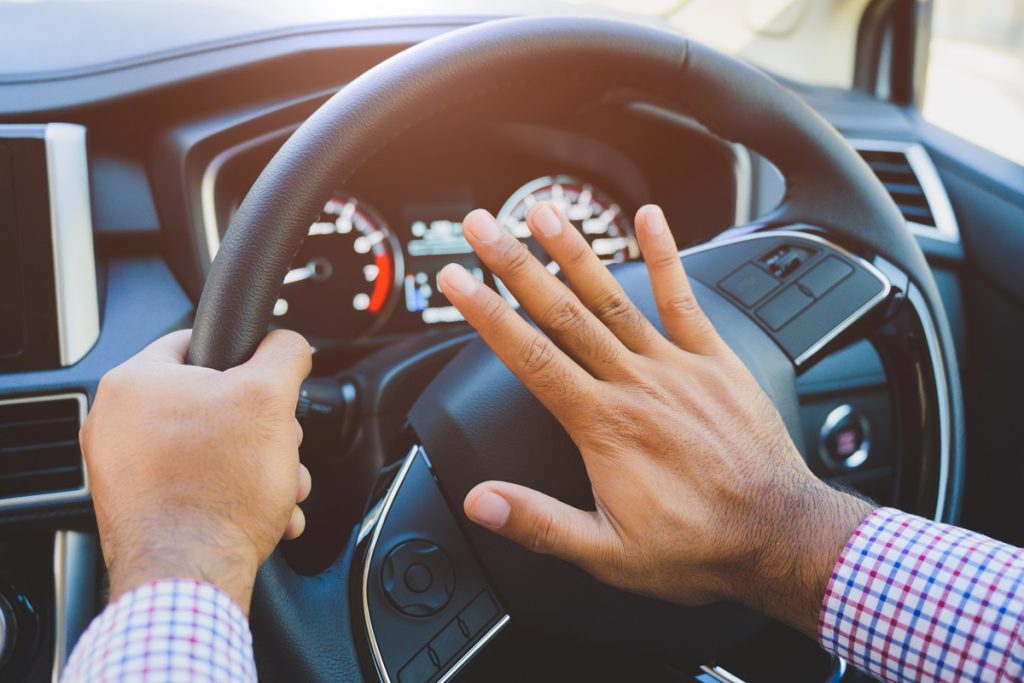When buying a car, it’s easy to get tempted by high-tech upgrades and luxury add-ons. However, not all features are worth the extra cost, some are gimmicks, others become outdated quickly, and a few are just plain unnecessary. Before you splurge on these so-called “upgrades,” take a closer look at what you’re really paying for. These features may seem appealing at first, but they often add little value in everyday driving. These car features often turn out to be a complete waste of money.
Gesture Controls

Some high-end vehicles offer gesture controls that let you adjust settings with a wave of your hand. While it sounds futuristic, it’s often unreliable and frustrating. A simple button or touchscreen is much faster and more intuitive. In real-world use, drivers often find themselves reverting to traditional controls out of sheer convenience.
Rear Seat Entertainment Systems

With smartphones, tablets, and streaming services readily available, built-in rear-seat entertainment systems are redundant. They’re expensive and quickly become outdated, making them a poor long-term investment. Passengers often prefer their personal devices, which offer more content and better customization.
Expensive Upgraded Wheels

While flashy alloy wheels can enhance a car’s look, the performance difference is usually minimal. Standard wheels offer better ride comfort, and aftermarket options provide more affordable customization. Plus, larger wheels often lead to a rougher ride and increased tire replacement costs.
Built-In Navigation Systems

Most factory-installed navigation systems are costly and lack real-time updates. Smartphones with Google Maps or Waze offer more accurate, user-friendly, and constantly updated navigation for free. Paying extra for outdated maps and slower responsiveness just doesn’t make sense.
Premium Audio Systems

Unless you’re an audiophile, high-end branded audio systems rarely justify their steep price tag. A mid-range system or aftermarket speakers can provide excellent sound at a fraction of the cost. Most modern cars already come with decent sound quality, making expensive upgrades unnecessary.
Self-Parking Features

Automated parking systems seem convenient, but they’re often slow, inconsistent, and unreliable in tight spaces. With a little practice, parallel parking manually is much quicker and more efficient. Many drivers end up overriding the system because it struggles with real-world parking conditions.
Overly Complex Infotainment Systems

Touchscreens with layers of menus and confusing controls can make simple tasks unnecessarily difficult. Physical buttons and knobs are often more reliable, especially when driving. Distracted driving risks increase when basic functions require multiple screen taps.
Built-In Wi-Fi Hotspots

While having Wi-Fi in your car sounds great, most smartphones already offer hotspot capabilities. Paying extra for a built-in hotspot and a separate data plan is often redundant. Unless you’re regularly transporting multiple passengers who need connectivity, this feature is rarely useful.
Voice Control Systems

Many in-car voice control systems are clunky, slow, and struggle with natural speech. Smartphones and smart assistants like Siri or Google Assistant do a much better job. Drivers often find themselves manually inputting commands after multiple failed attempts.
Automatic Running Boards

These deployable side steps might look cool, but they’re prone to mechanical failure and add unnecessary weight to the vehicle. Fixed running boards are cheaper and more durable. Over time, the motors that power them can break down, leading to expensive repairs.
Head-Up Displays (HUDs)

While projecting speed and navigation onto the windshield sounds useful, most drivers don’t rely on it. A well-placed dashboard display does the job just as well without the added cost. Additionally, some HUDs can be difficult to see in bright sunlight, reducing their usefulness.
Adaptive Headlights

While adaptive headlights adjust to road conditions, most drivers don’t notice a significant difference. High-quality standard headlights provide sufficient visibility at night. When they break, repairs can be significantly more expensive than standard headlight replacements.
Built-In Refrigerators

Some luxury SUVs come with small built-in coolers, but a portable car fridge or insulated cooler bag is more practical and affordable. The limited storage capacity makes them less useful for longer trips. Plus, they take up valuable space that could be used for other storage needs.
Massage Seats

While massage seats sound luxurious, they rarely provide actual relief. Most models offer mild vibrations rather than real massage functionality. The added cost rarely justifies the minor comfort improvement they provide. Over time, many drivers find themselves rarely using the feature, making it an expensive novelty rather than a true benefit.
Fake Engine Sounds

Some cars pipe artificial engine noise into the cabin to mimic a sportier feel. It’s a gimmick that doesn’t improve performance and often feels inauthentic. Many drivers find the artificial noise unnecessary and even annoying after extended use. Instead of enhancing the driving experience, it can make the cabin feel artificially loud and distracting.
Car manufacturers are always looking for ways to upsell features, but not everything is worth the price. Many of these add-ons either duplicate existing technology, add unnecessary complexity, or provide little real benefit. While some features may sound impressive in marketing materials, they often fail to add real value in everyday driving. Before spending extra on your next car, think about what you’ll actually use—sometimes, the simplest options are the best ones.
Disclaimer: This list is solely the author’s opinion based on research and publicly available information.


